Real-Time Access
Simplify the process for customers to reach multiple individuals, groups or departments in a business through one dedicated number.
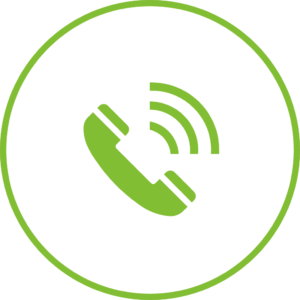

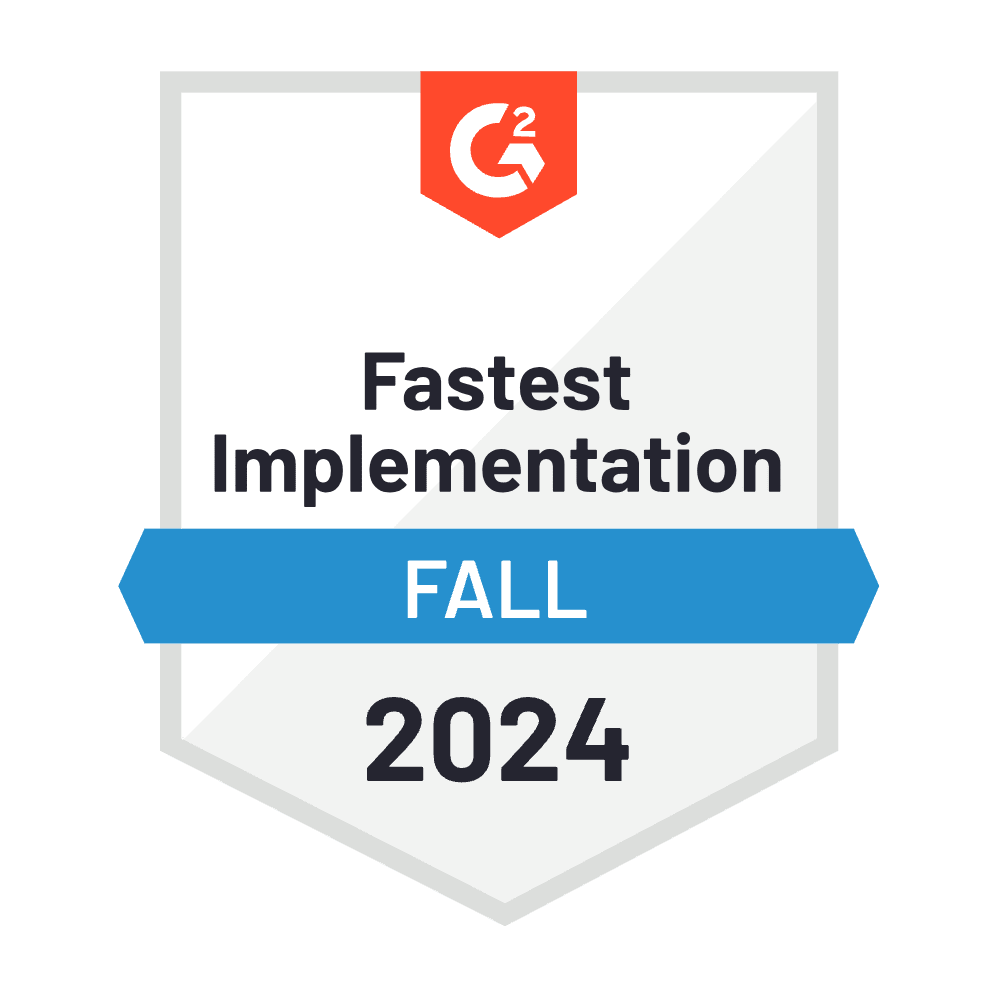



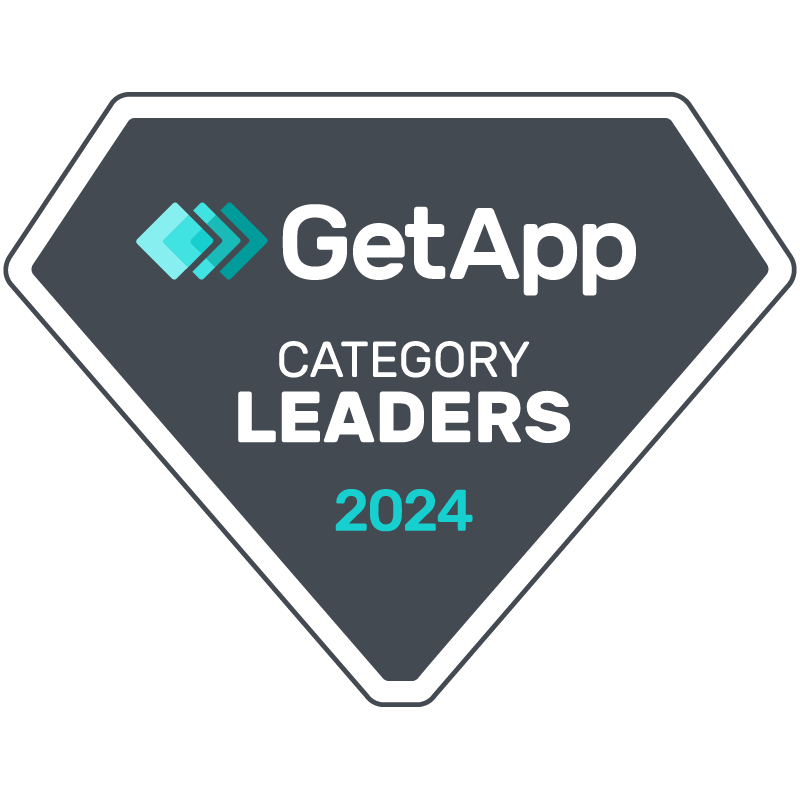
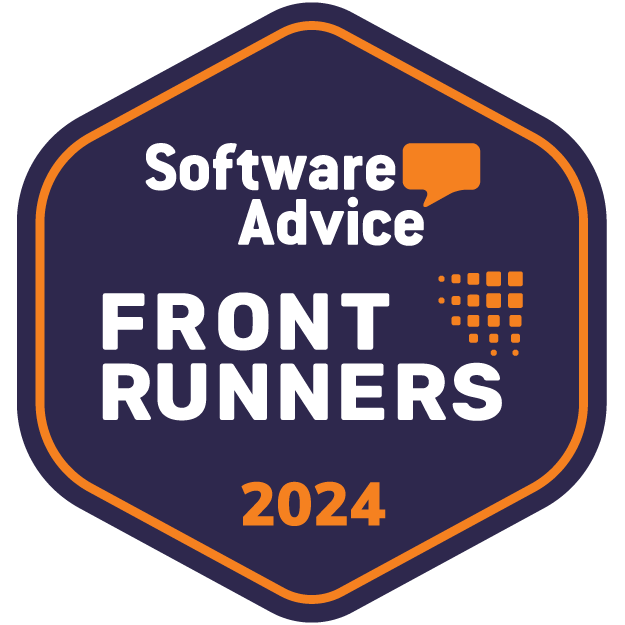


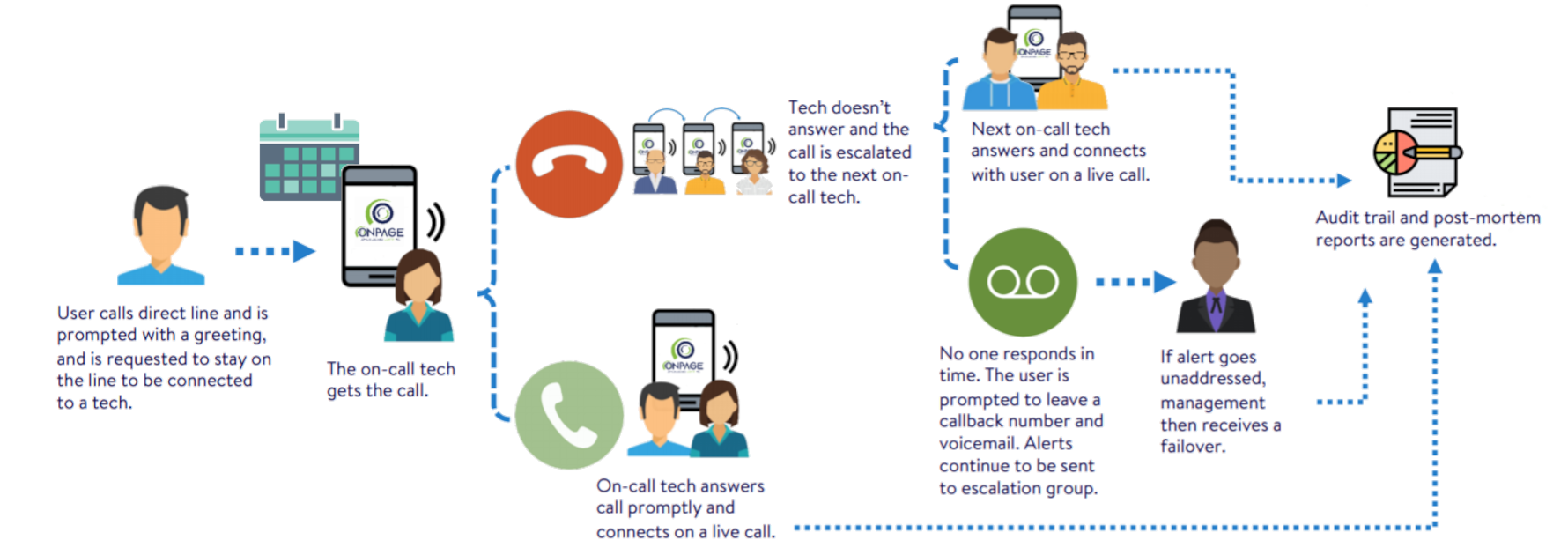
Live Call Routing’s effectiveness is attributed to its automation. “Turns” or on-call assignments are created with OnPage’s trusted, automated scheduler, ensuring that the right responder automatically receives the urgent call.
The process begins when a caller dials a dedicated OnPage number. Based on the organization’s schedule configurations, the right on-call responder receives the call on mobile. If answered, the responder connects on a live call with the caller, ensuring that their problems are resolved promptly. If not answered, the call is escalated to the on-call group.
In the unlikely case that all on-call members do not respond, the caller is then prompted to leave a callback number and/or voicemail. That way, all members become aware of the caller’s urgent issues. The voicemail may also be transcribed into text for reader’s convenience and information privacy. If the on-call team completely fails to respond to the caller, failover reports are generated and delivered to managers to improve the Live Call Routing process for future events.
Simplify the process for customers to reach multiple individuals, groups or departments in a business through one dedicated number.

Through OnPage’s automation and escalation policies, critical alerts are sent to the right person responsible for the incident. Regardless of the incident responder’s location, critical alerts will always reach their mobile devices.
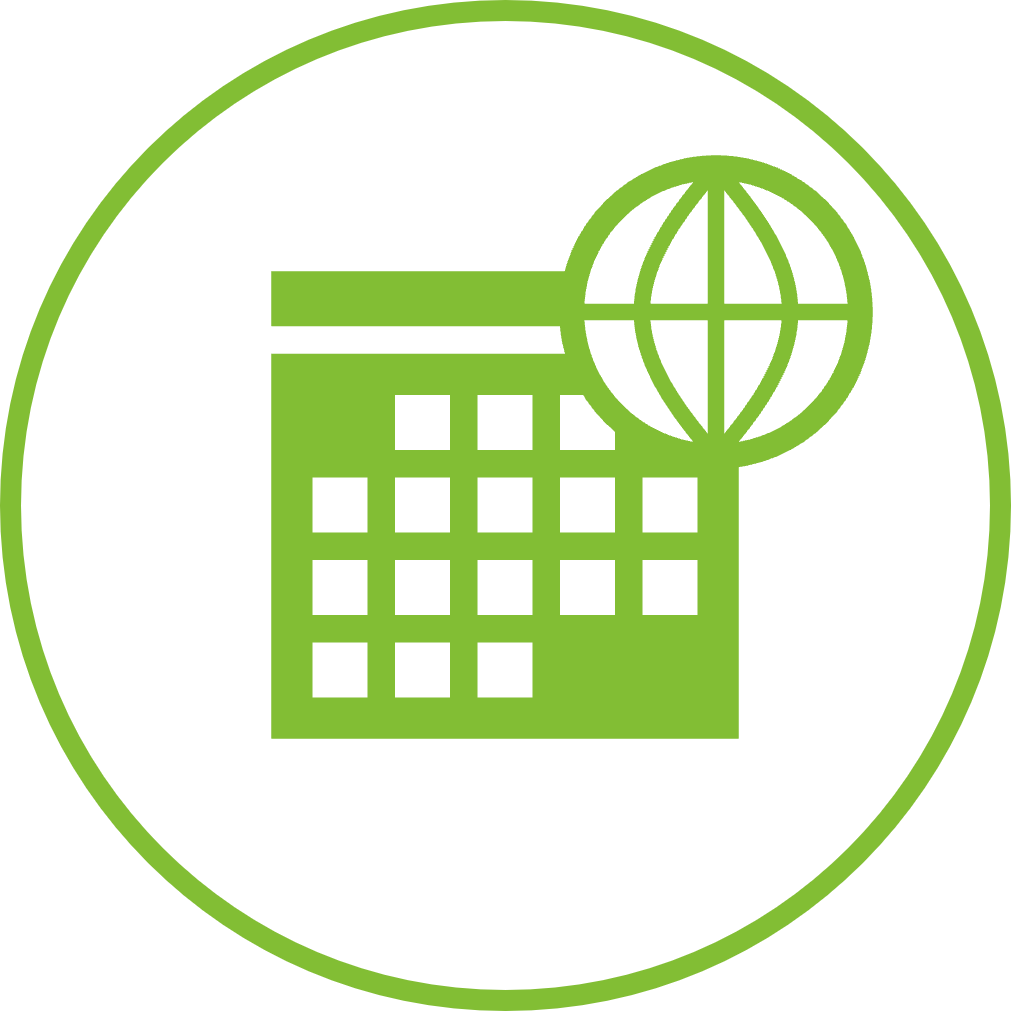
Streamline after-hours communication, allowing customers to leave a callback number and/or voicemail.
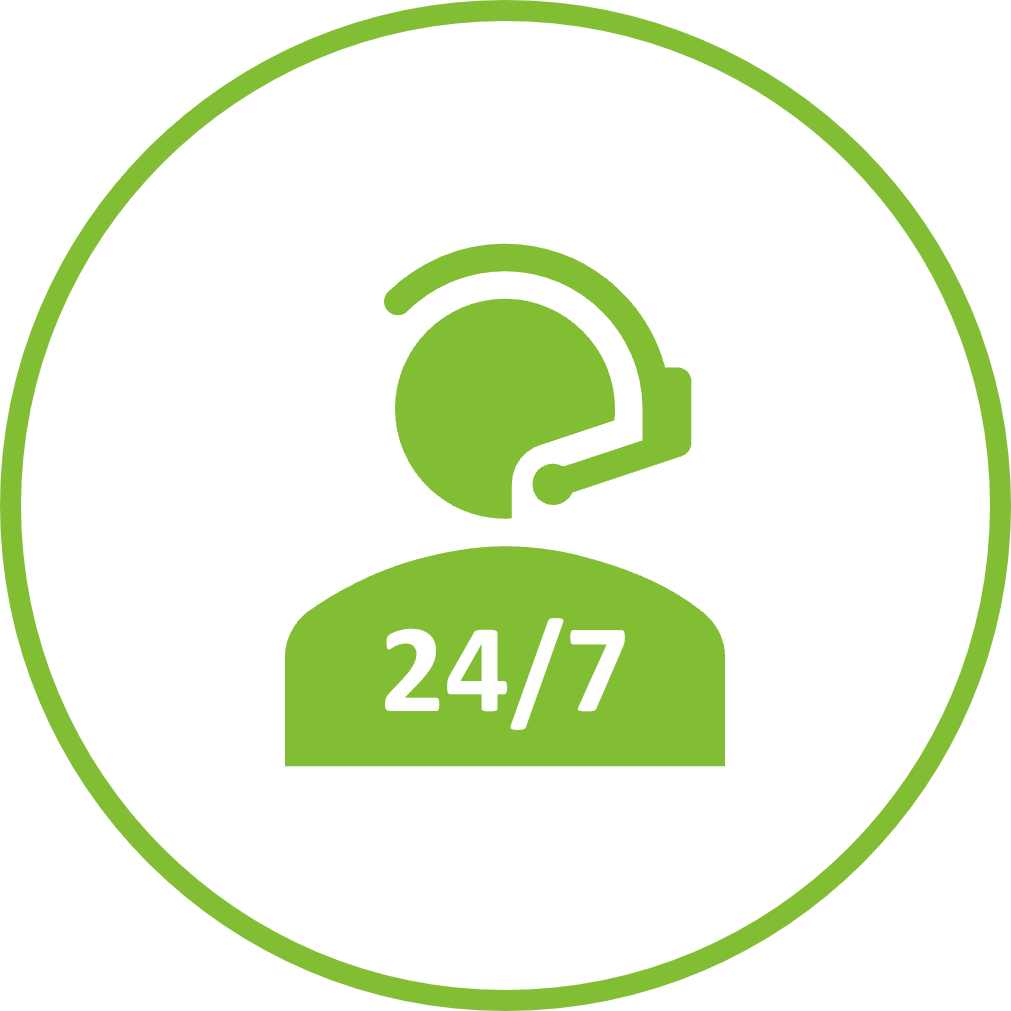
Enable business branding with personalized, automated greetings and bilingual phone trees.
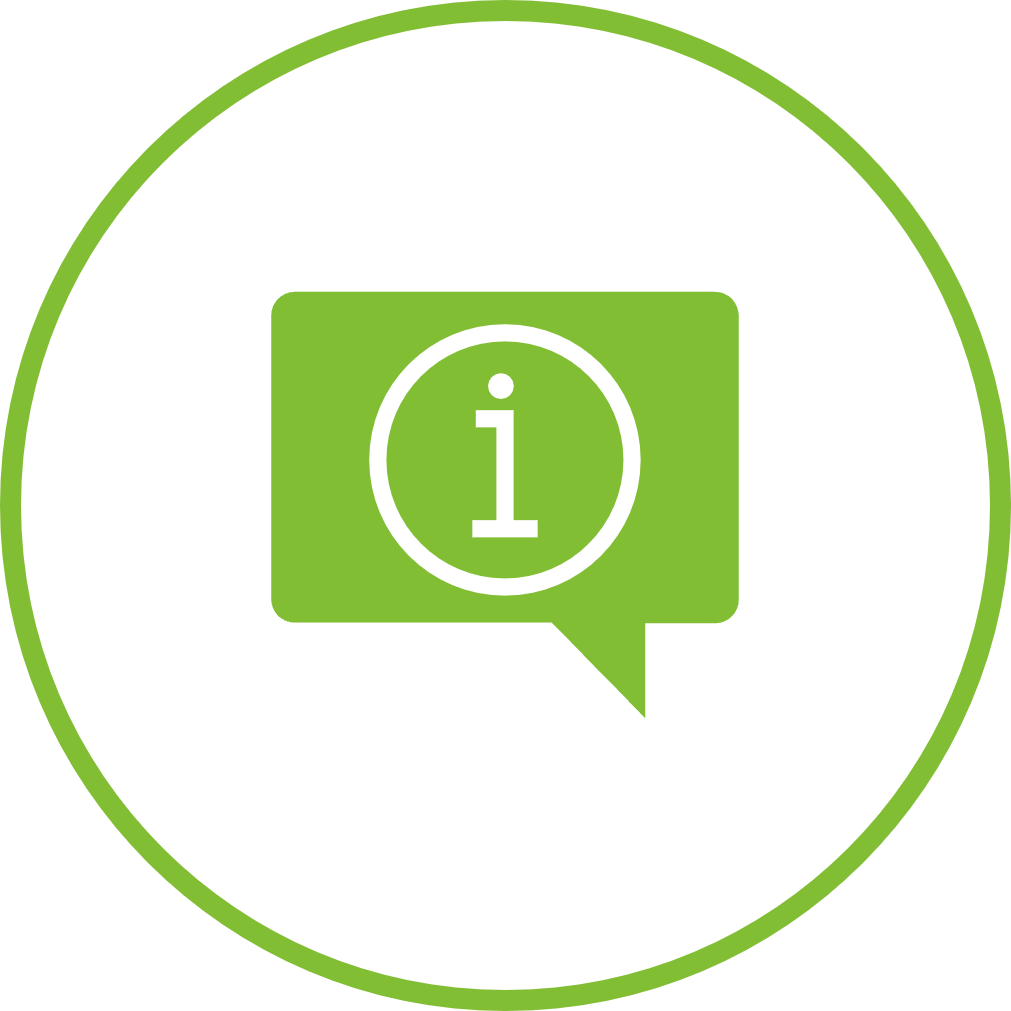
Whether it is local or international numbers, callers always reach the right person promptly.

Gain intelligent insights into your team’s live call routing usage with time stamps and response statuses via OnPage’s reporting dashboard for Live Call Routing. Response team managers can export the customizable reports for further analysis.
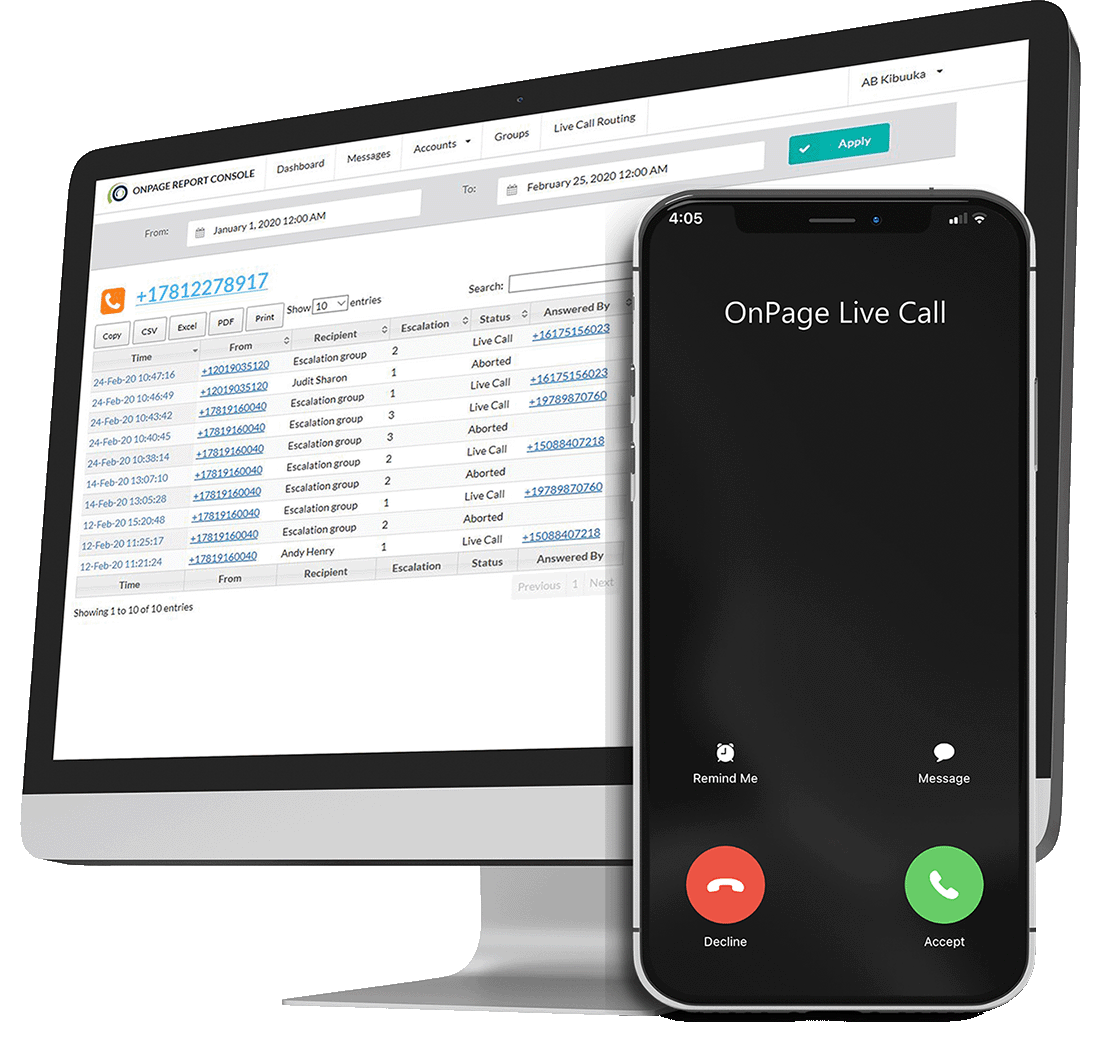
OnPage is a G2 Leader for incident alert management, consistently receiving recognition for high performance and user satisfaction. Read more reviews!
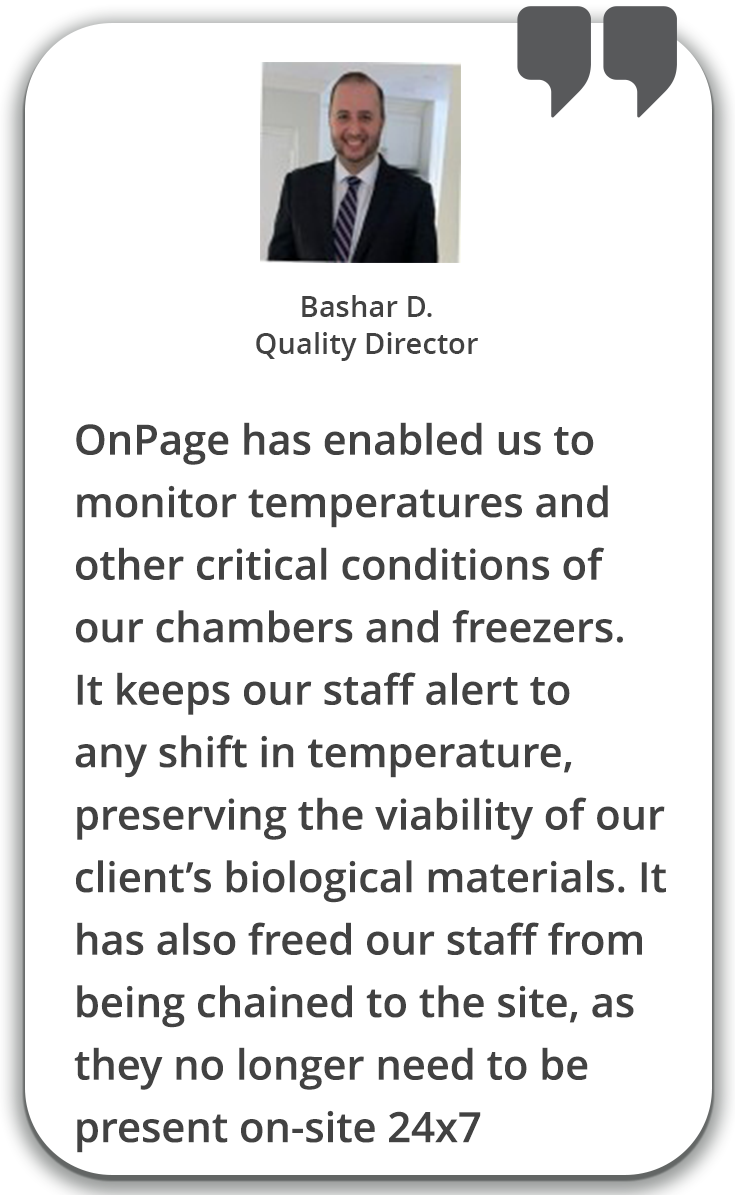
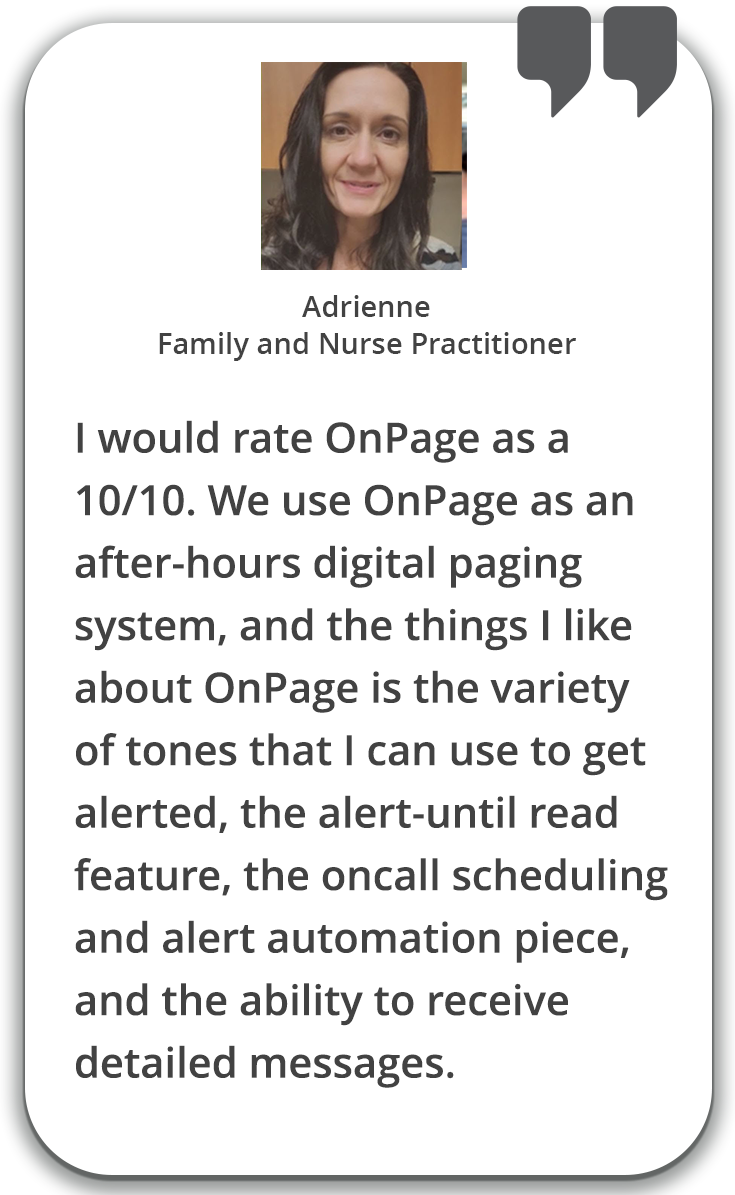
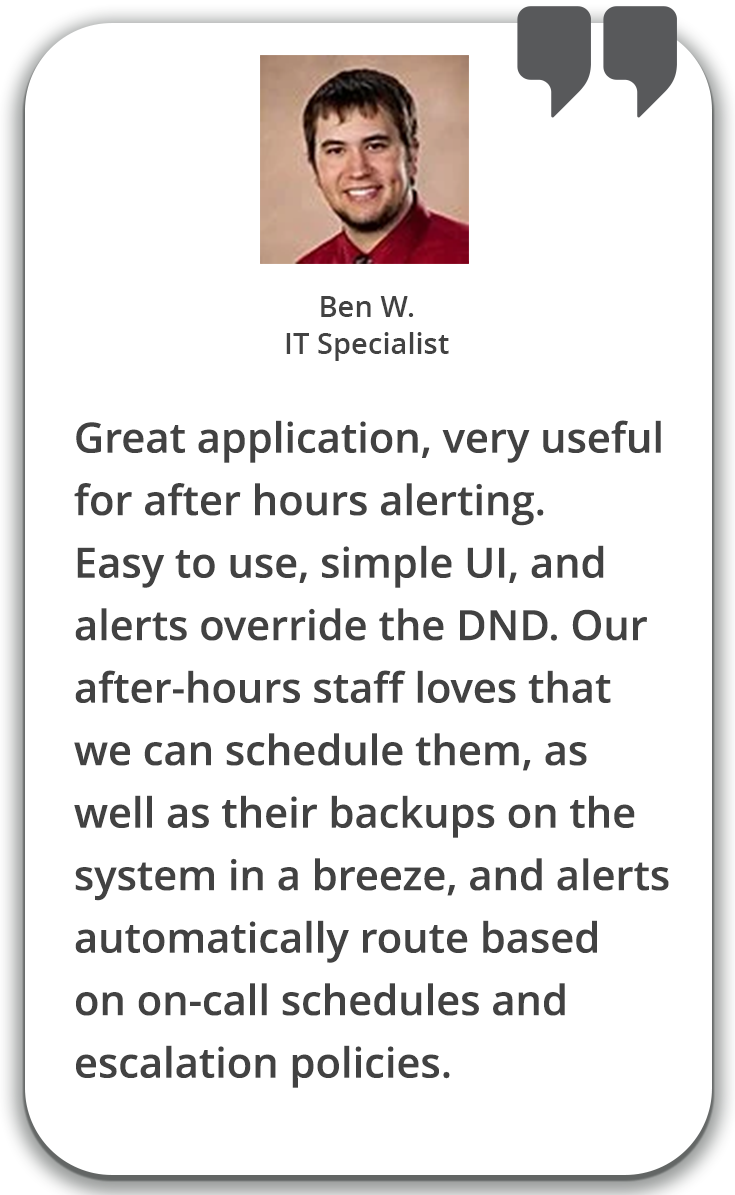
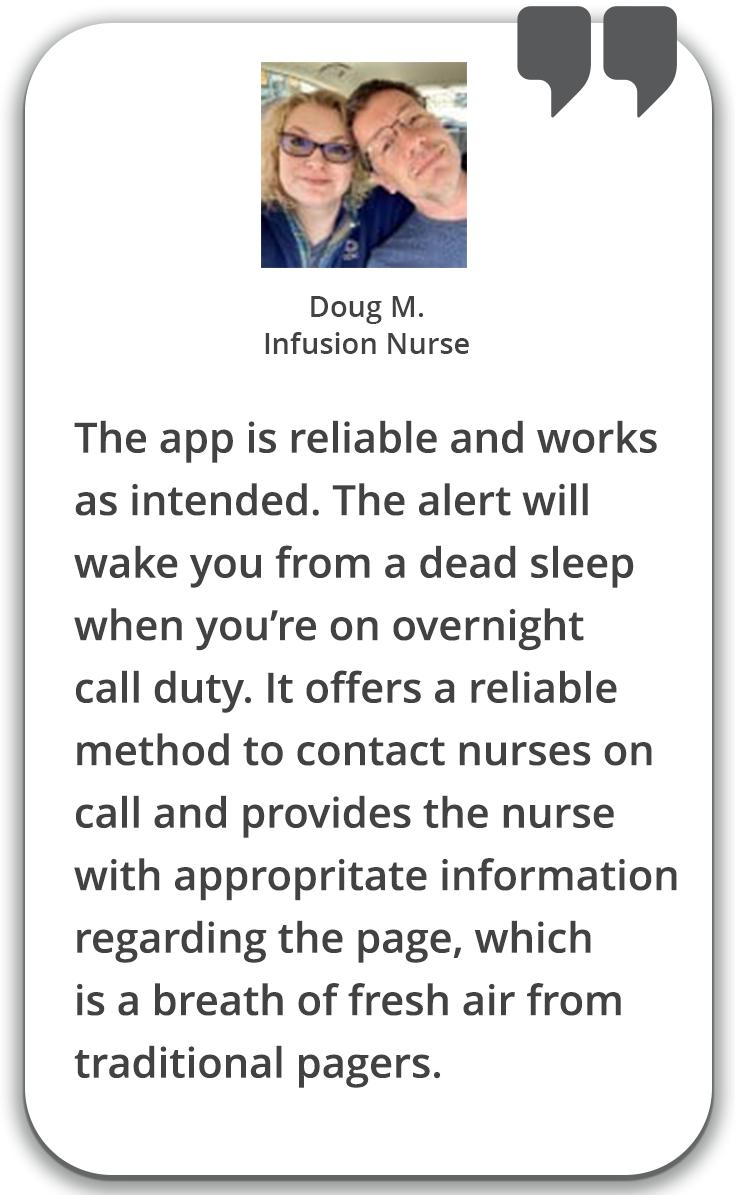
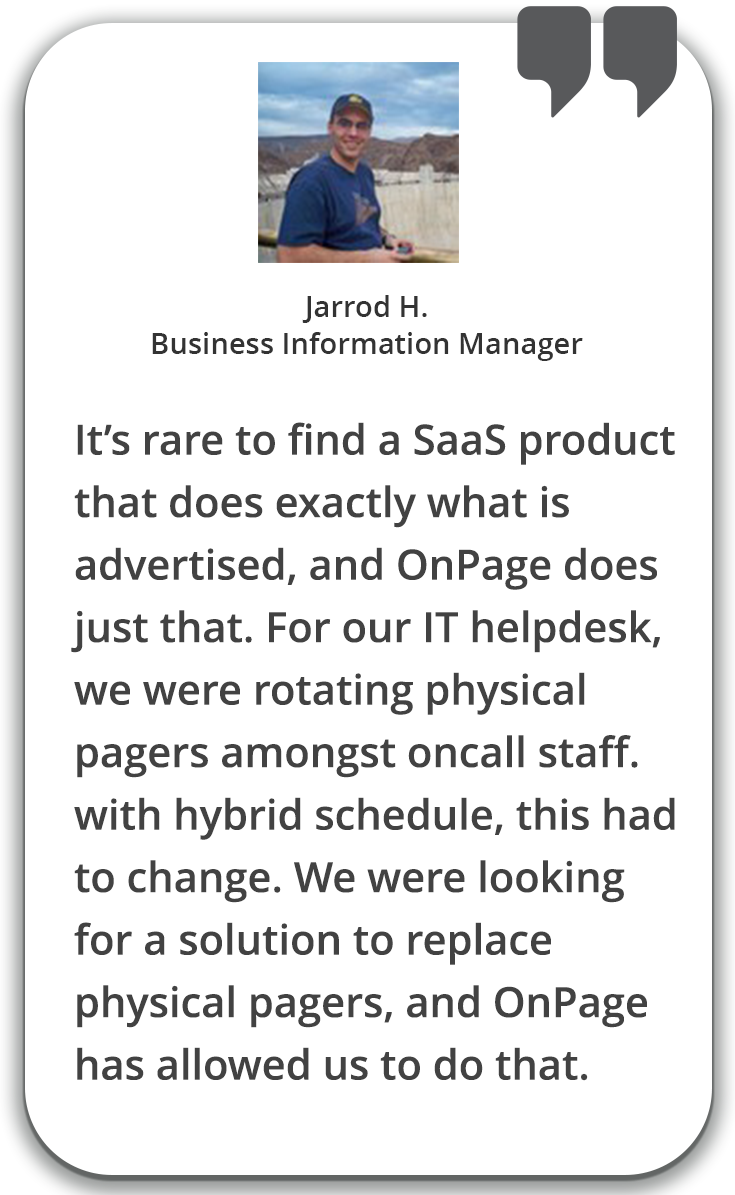
|
|
Live call routing offers several advantages for customer service, IT support, and operations teams. It ensures that incoming calls are instantly directed to the appropriate on call responders based on time of day, on-call schedules, or escalation policies. This reduces the risk of missed calls, decreases wait times, and boosts customer satisfaction.
Live call routing significantly reduces the time it takes for urgent calls to reach the right on call team. During critical events, like system outages, patient care incidents, CD/CI pipeline issues, or security breaches, the system bypasses manual call forwarding and uses predefined routing configuration based on schedules and roles to instantly contact on-call staff. If the primary responder doesn’t answer the call, it will be automatically escalated to the next person in line, ensuring no critical alert goes unanswered. This kind of call automation is vital in high-stakes environments like healthcare, IT/MSP, DevOps, cybersecurity, and field service management where response time directly impacts safety, uptime, and service quality.
When selecting a live call routing system, look for a platform that offers real-time call escalation based on on-call schedules, voicemail transcriptions, bilingual call trees, and analytics dashboards for performance tracking. Compatibility with mobile devices, global access numbers, incident alerting, and integrations with existing systems like ServiceNow, ZenDesk, Jira, and ConnectWise. These features not only improve the customer experience, but also help your team remain reachable and accountable during critical moments.
Through predefined on-call schedules and escalation policies calls are routed to the on-call responders’ mobile device. In the case that the primary on-call person is unavailable and does not answer the call, it is automatically escalated to the next person in line. Plus, teams can choose from various workflows enabling them to receive calls in a variety of ways, apart from just connecting to clients via live calls. This could include voicemails, SMS, emails, and voicemail recordings or transcriptions in the form of a critical alert. When leaving a voicemail, clients can detail their concerns and provide a callback number that will be sent to the responders.